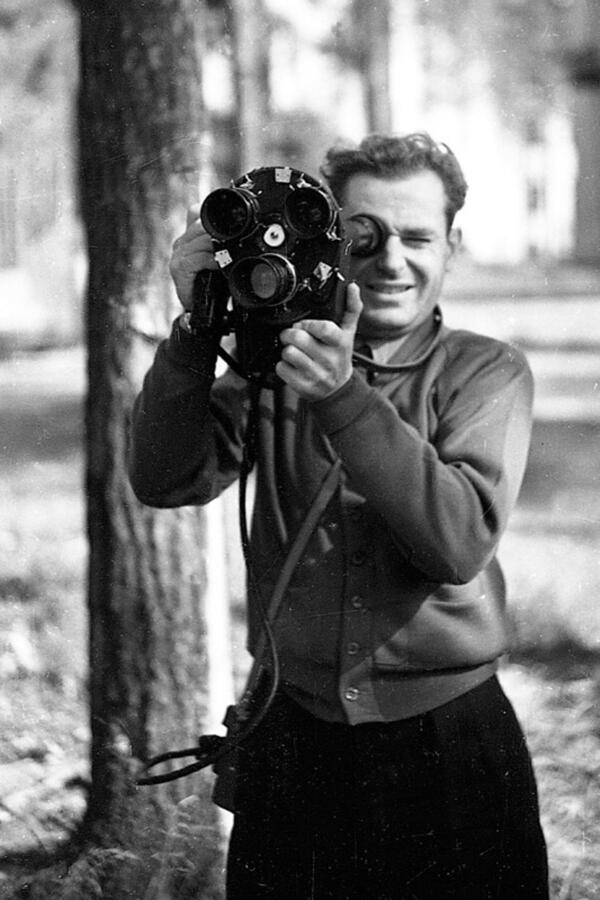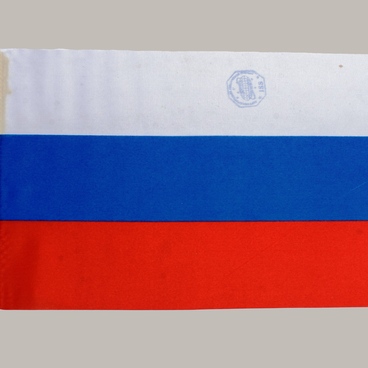During his historic 25-hour-long flight in August 1961, Gherman Titov became the first person to photograph and film the Earth from outer space. The Soviet pilot used the Konvas-Avtomat professional portable motion-picture camera. The photos he took were published in almost all the world’s newspapers. The history of space photography is considered to have begun on the day of Gherman Titov’s flight.
Nowadays, all astronauts sent into space undergo training in filming and photography. The equipment of the International Space Station includes around ten Nikon cameras — from traditional film to modern digital cameras — and a wide range of lenses. Most photos are taken for scientific purposes, but cosmonauts also take other pictures. They say that it is impossible not to capture the spectacularly beautiful view of our planet from up above.
The main specific features of space photography are the scale and the unique nature of photography objects. And of course, there is the aspect of getting an entirely new perspective and seeing the planet from a different angle.
However, taking a photo from aboard a spacecraft is also a rather difficult process with its own peculiarities. First, the space on the International Space Station is limited, especially if powerful and large equipment is used.
Another difficulty is associated with dirty windows. Small caverns from the traces of microparticles are formed in the glass of orbital facilities, and due to the work of engines, they are covered with yellow and brown stains. Of course, it is much more difficult to wash the windows in space than it is on Earth.
The third problem is associated with the difficulty of fixing a camera in the conditions of weightlessness. As one cannot use a tripod, cameras are handheld. While the weight of a camera does not matter, even the slightest movement of the photographer can spoil a picture, especially if a long-focus lens is used.
Finally, the main problem is the high-level cosmic radiation: on Earth, photographers are protected against it by the atmosphere. According to astronauts, the pixels of a new matrix are damaged in one or one and a half months of use, which is particularly noticeable in night photos. Another enemy of a camera matrix is the dust that does not settle in the conditions of weightlessness and is instead present in the air in the form of suspended particles. It gets inside the camera when the lens is changed.
Nowadays, all astronauts sent into space undergo training in filming and photography. The equipment of the International Space Station includes around ten Nikon cameras — from traditional film to modern digital cameras — and a wide range of lenses. Most photos are taken for scientific purposes, but cosmonauts also take other pictures. They say that it is impossible not to capture the spectacularly beautiful view of our planet from up above.
The main specific features of space photography are the scale and the unique nature of photography objects. And of course, there is the aspect of getting an entirely new perspective and seeing the planet from a different angle.
However, taking a photo from aboard a spacecraft is also a rather difficult process with its own peculiarities. First, the space on the International Space Station is limited, especially if powerful and large equipment is used.
Another difficulty is associated with dirty windows. Small caverns from the traces of microparticles are formed in the glass of orbital facilities, and due to the work of engines, they are covered with yellow and brown stains. Of course, it is much more difficult to wash the windows in space than it is on Earth.
The third problem is associated with the difficulty of fixing a camera in the conditions of weightlessness. As one cannot use a tripod, cameras are handheld. While the weight of a camera does not matter, even the slightest movement of the photographer can spoil a picture, especially if a long-focus lens is used.
Finally, the main problem is the high-level cosmic radiation: on Earth, photographers are protected against it by the atmosphere. According to astronauts, the pixels of a new matrix are damaged in one or one and a half months of use, which is particularly noticeable in night photos. Another enemy of a camera matrix is the dust that does not settle in the conditions of weightlessness and is instead present in the air in the form of suspended particles. It gets inside the camera when the lens is changed.



